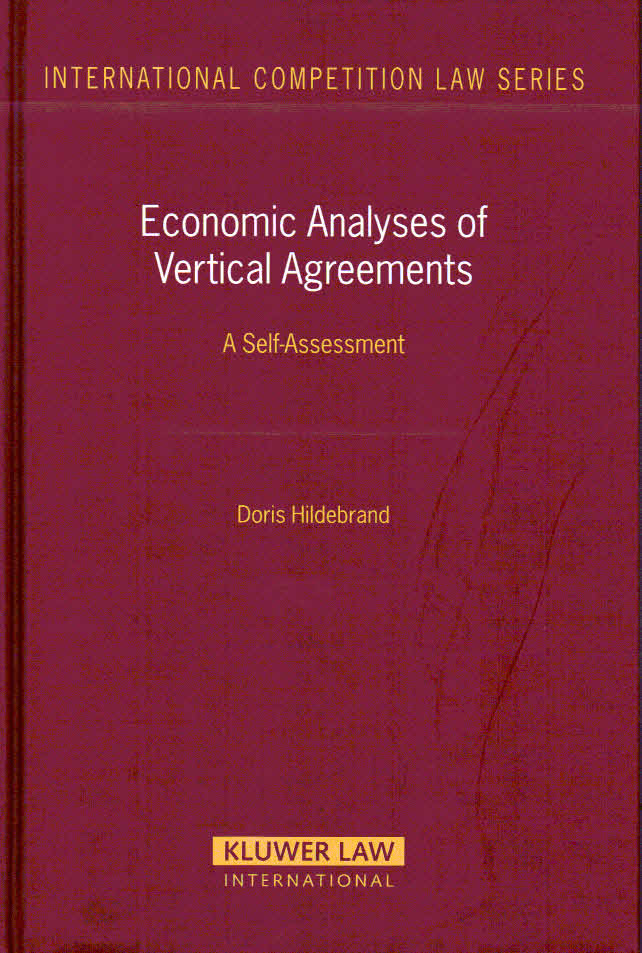
Since the EC Block Exemption Regulation (BER) went into force in June 2000, companies are required to undertake a self-assessment of the possible consequences of their vertical agreements that is, of agreements that arise in a channel of distribution between firms at different levels of trade or industry, i.e., between a manufacturer and wholesaler, between a supplier and customer, or between a licensor of technology and his licensee. Such an assessment can be extremely complex.
Although the European Commission has issued regulatory guidelines to facilitate the self-assessment process, there can be little doubt that the in-depth analysis and guidance provided in this book will be greatly welcomed by business people and their counsel.
Economic Analyses of Vertical Agreements clarifies the steps, tests, determinations, and evaluations entailed in assessing vertical agreements, especially when an individual examination under Article 81 EC Treaty is required (as it is for all companies with more than a 30% market share in a relevant market). Among the terms and factors thoroughly explained, from the various pertinent points of view, are the following:-
vertical restraints and their components
exclusive and selective distribution agreements
channel strategies
single branding
free rider rationale
the European structured rule of reason in Article 81 EC Treaty.
The presentation is particularly notable for its wide-ranging discussion of types of vertical restraints and combinations of vertical restraints and how each is impacted by the new vertical agreement rules. The author also discusses the relevant case law of the EC